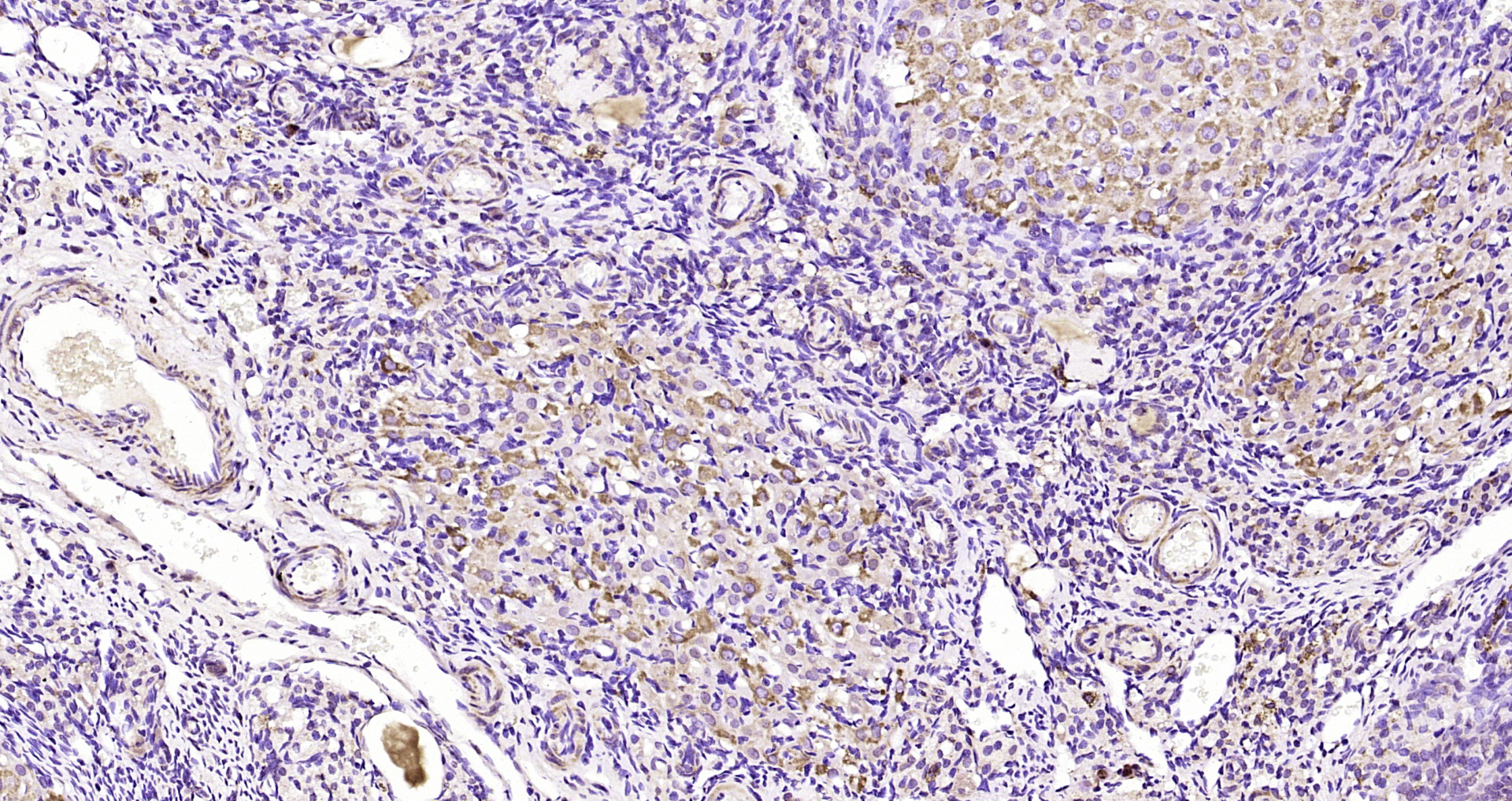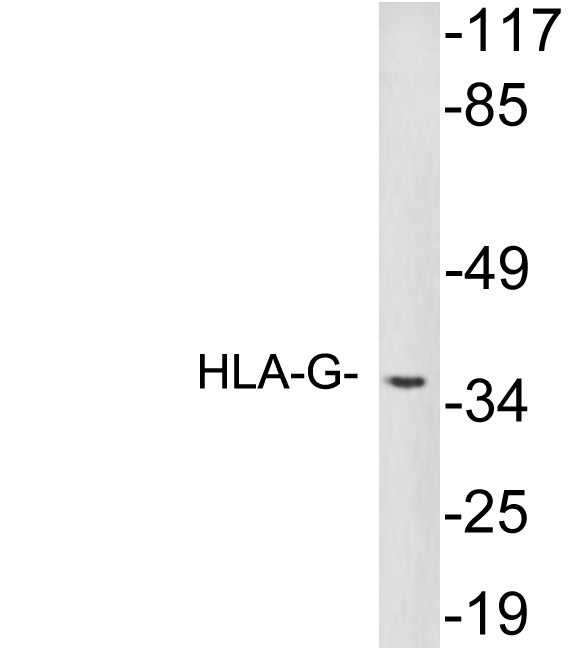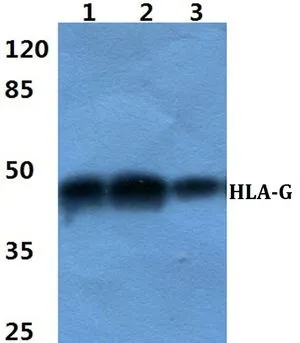HLA-G antibody [87G]
GTX00593
ApplicationsFlow Cytometry, ELISA, ImmunoHistoChemistry, ImmunoHistoChemistry Frozen
Product group Antibodies
ReactivityHuman
TargetHLA-G
Overview
- SupplierGeneTex
- Product NameHLA-G antibody [87G]
- Delivery Days Customer9
- ApplicationsFlow Cytometry, ELISA, ImmunoHistoChemistry, ImmunoHistoChemistry Frozen
- CertificationResearch Use Only
- ClonalityMonoclonal
- Clone ID87G
- Concentration1 mg/ml
- ConjugateUnconjugated
- Gene ID3135
- Target nameHLA-G
- Target descriptionmajor histocompatibility complex, class I, G
- Target synonymsMHC-G, HLA class I histocompatibility antigen, alpha chain G, HLA G antigen, HLA-G histocompatibility antigen, class I, G, MHC class I antigen G, MHC class I protein, MHC class Ib antigen, b2 microglobulin, mutant MHC class I antigen, mutant MHC class Ib antigen
- HostMouse
- IsotypeIgG2a
- Protein IDP17693
- Protein NameHLA class I histocompatibility antigen, alpha chain G
- Scientific DescriptionHLA-G belongs to the HLA class I heavy chain paralogues. This class I molecule is a heterodimer consisting of a heavy chain and a light chain (beta-2 microglobulin). The heavy chain is anchored in the membrane. HLA-G is expressed on fetal derived placental cells. The heavy chain is approximately 45 kDa and its gene contains 8 exons. Exon one encodes the leader peptide, exons 2 and 3 encode the alpha1 and alpha2 domain, which both bind the peptide, exon 4 encodes the alpha3 domain, exon 5 encodes the transmembrane region, and exon 6 encodes the cytoplasmic tail. [provided by RefSeq, Jul 2008]
- ReactivityHuman
- Storage Instruction2°C to 8°C
- UNSPSC12352203
References
- Yang S, Wei Y, Sun R, et al. Umbilical cord blood-derived mesenchymal stromal cells promote myeloid-derived suppressor cell proliferation by secreting HLA-G to reduce acute graft-versus-host disease after hematopoietic stem cell transplantation. Cytotherapy. 2020,22(12):718-733. doi: 10.1016/j.jcyt.2020.07.008Read this paper





